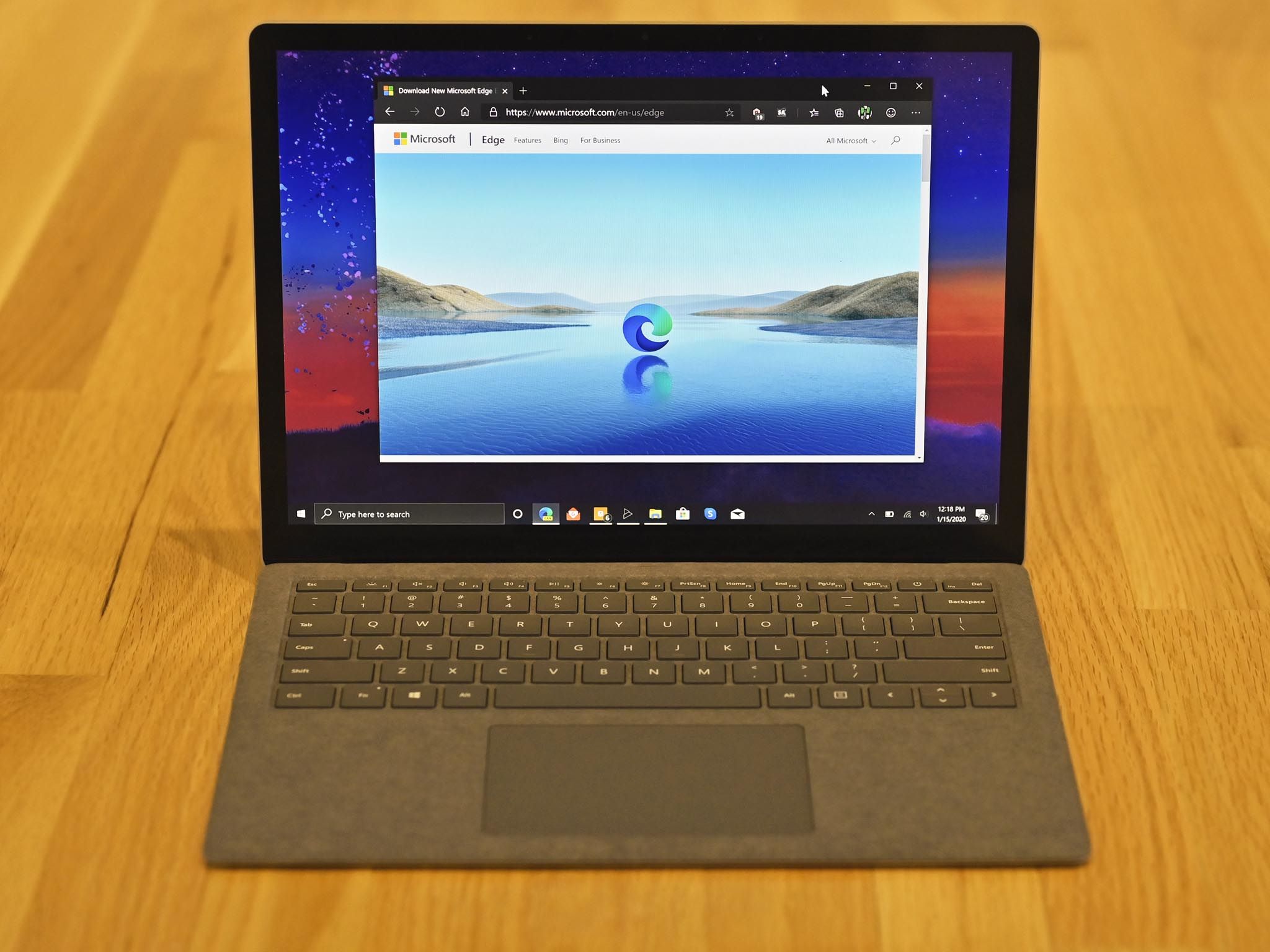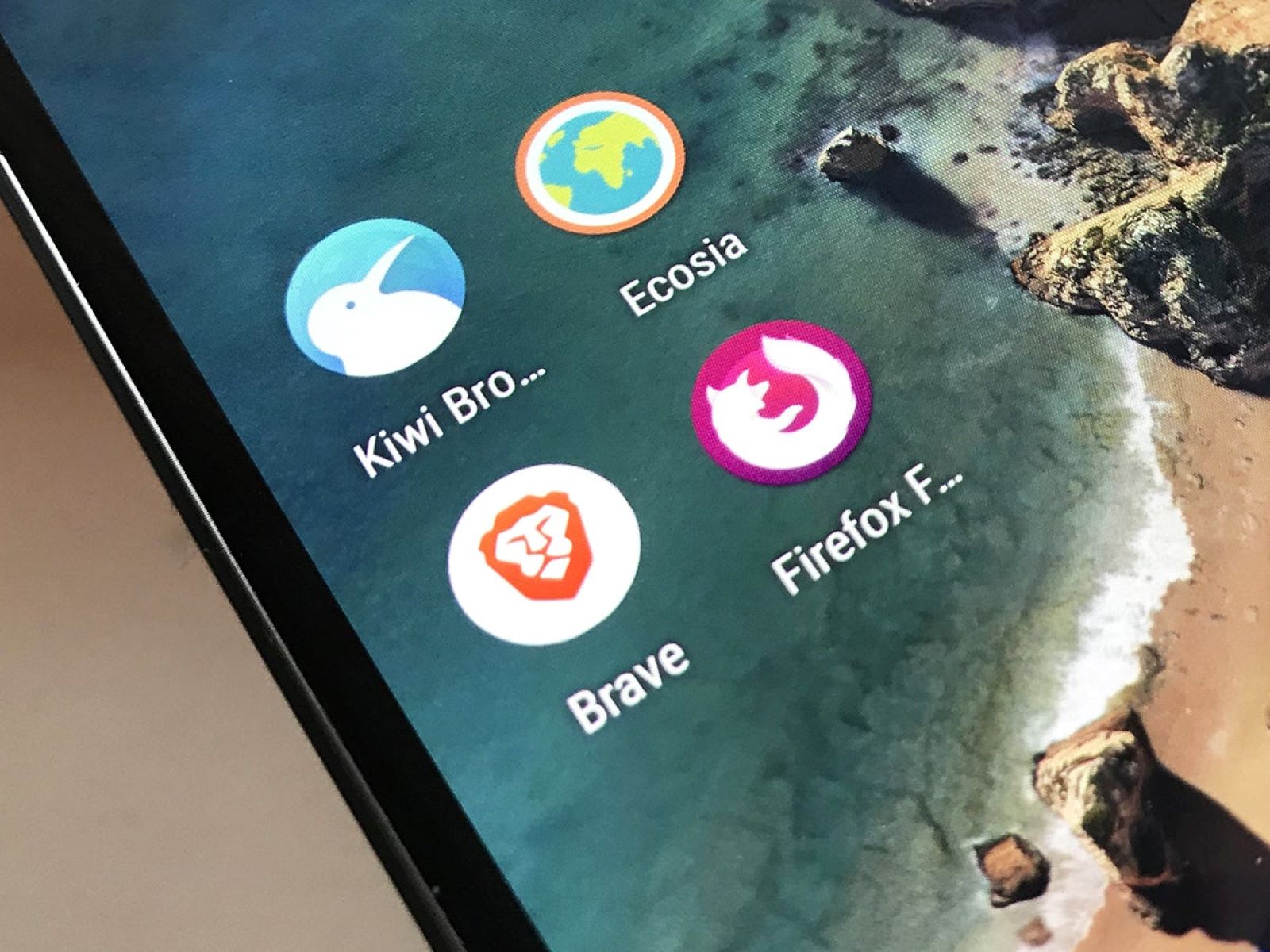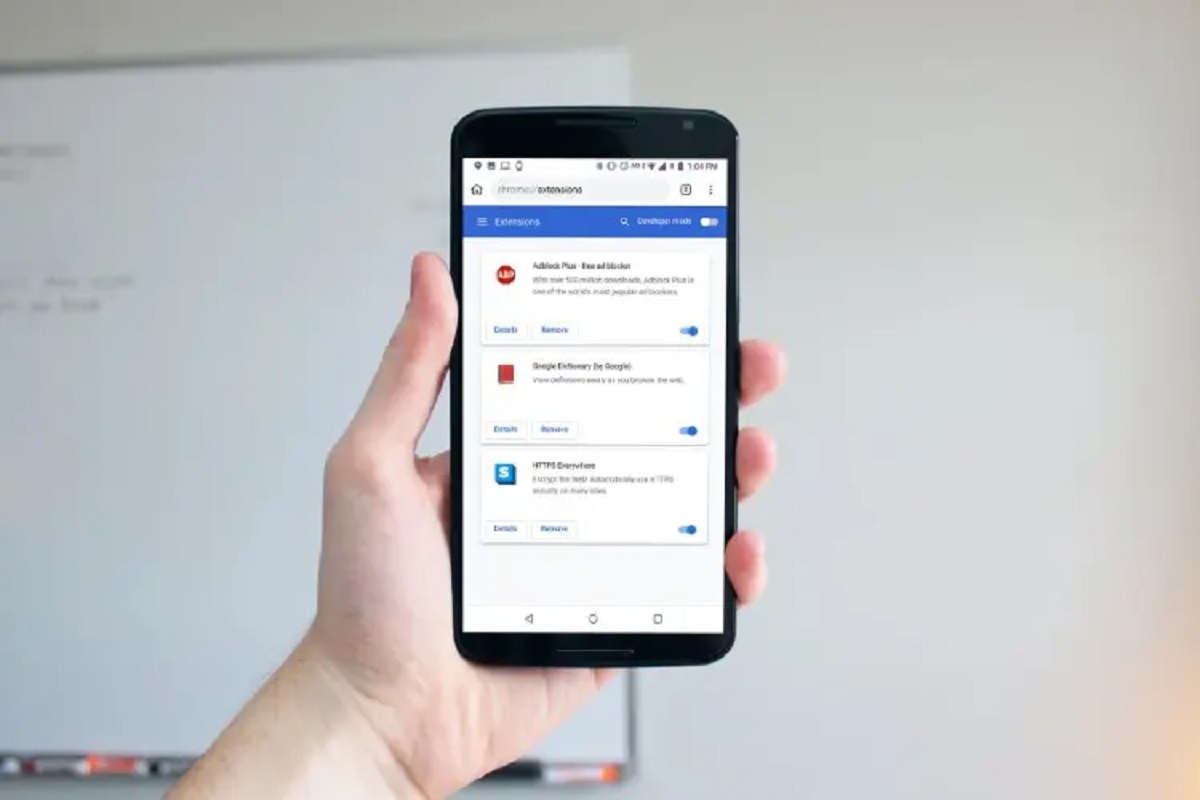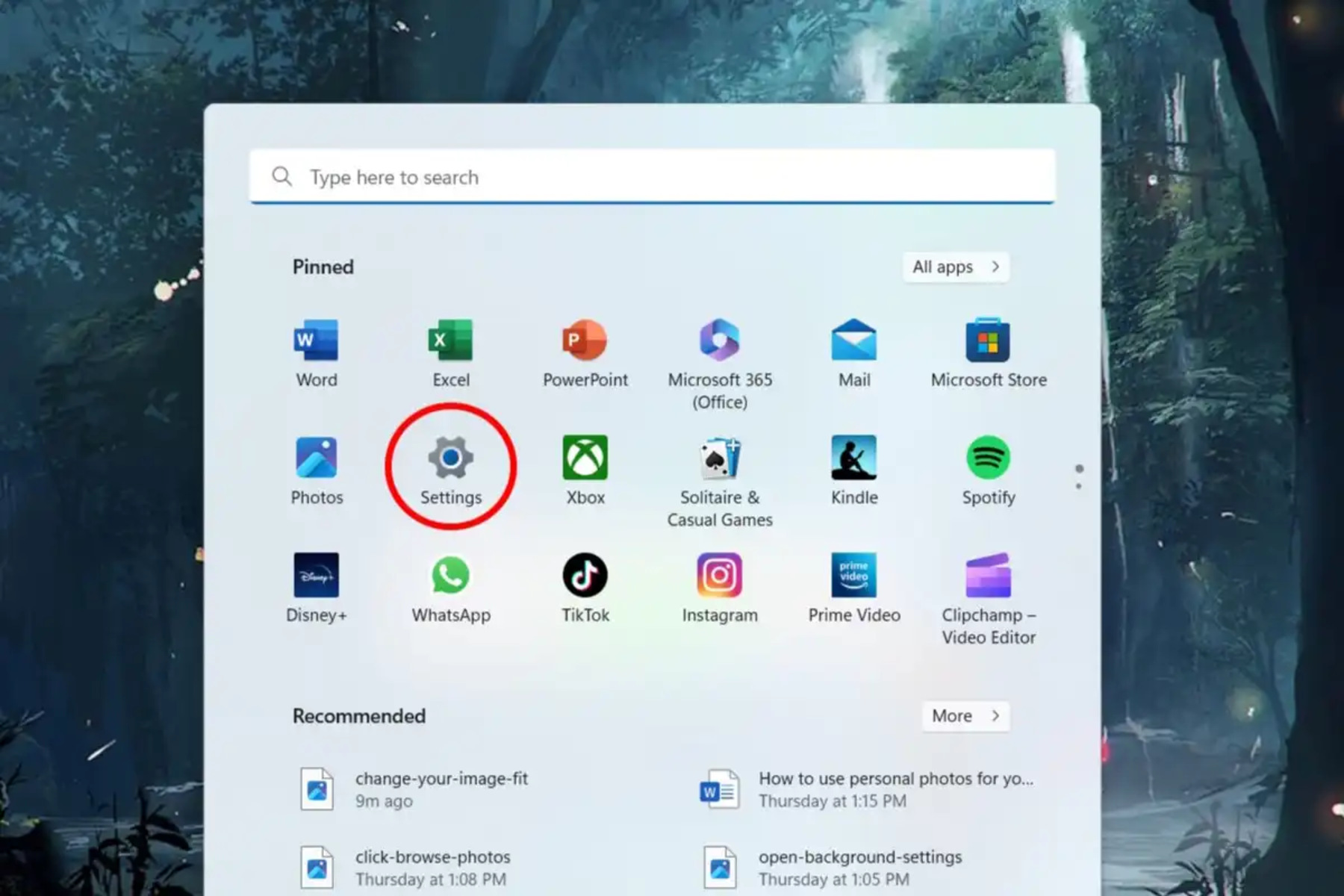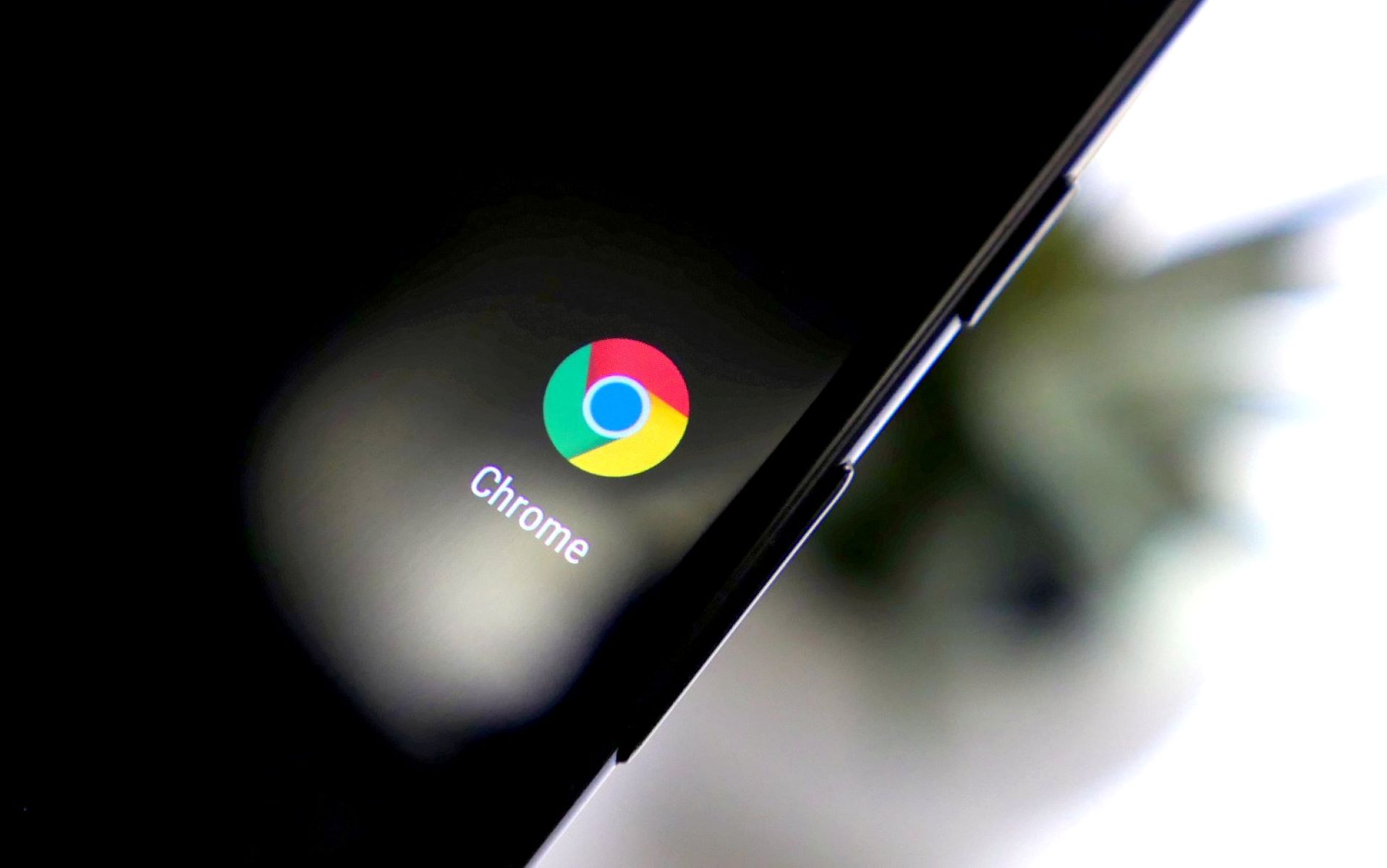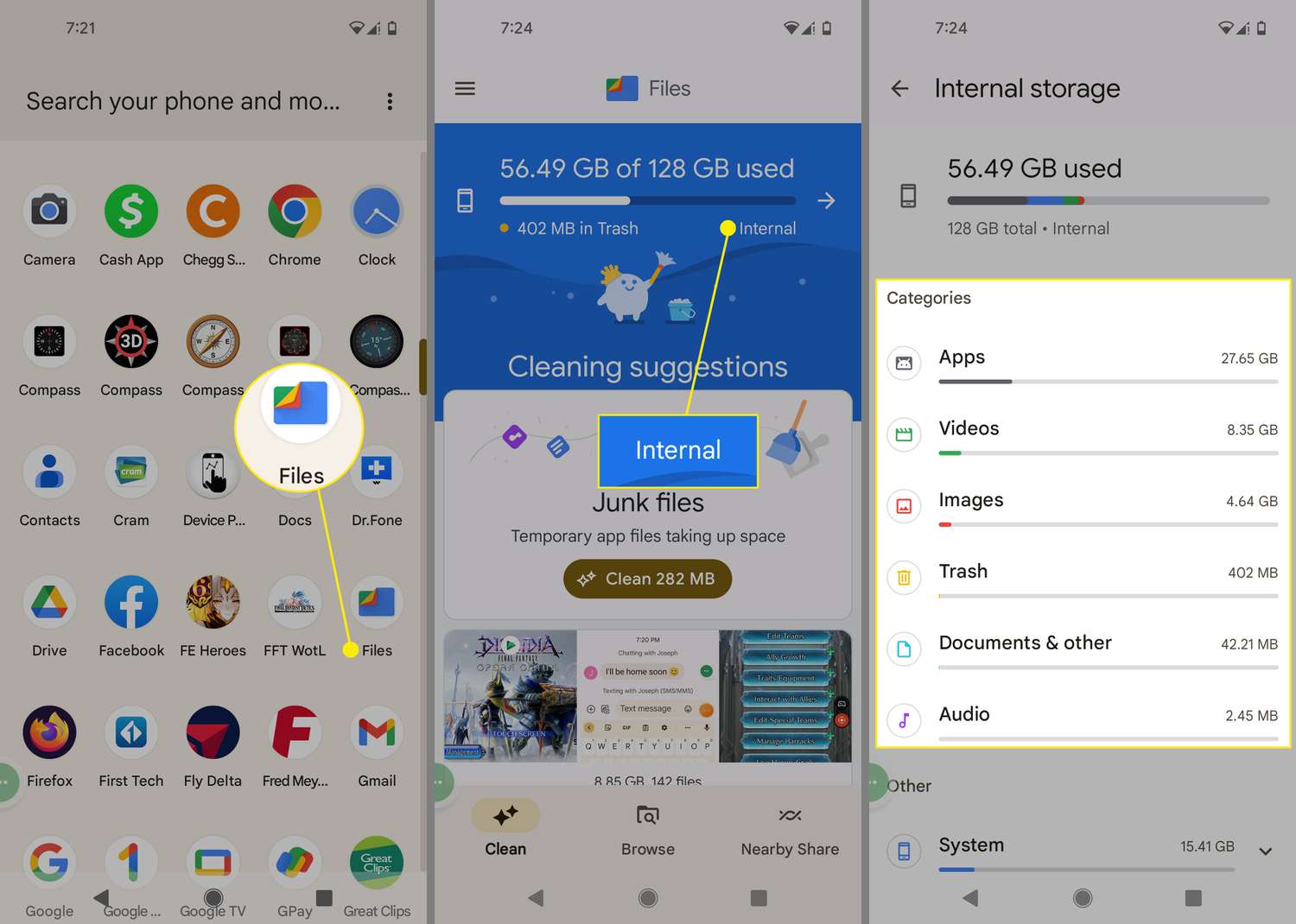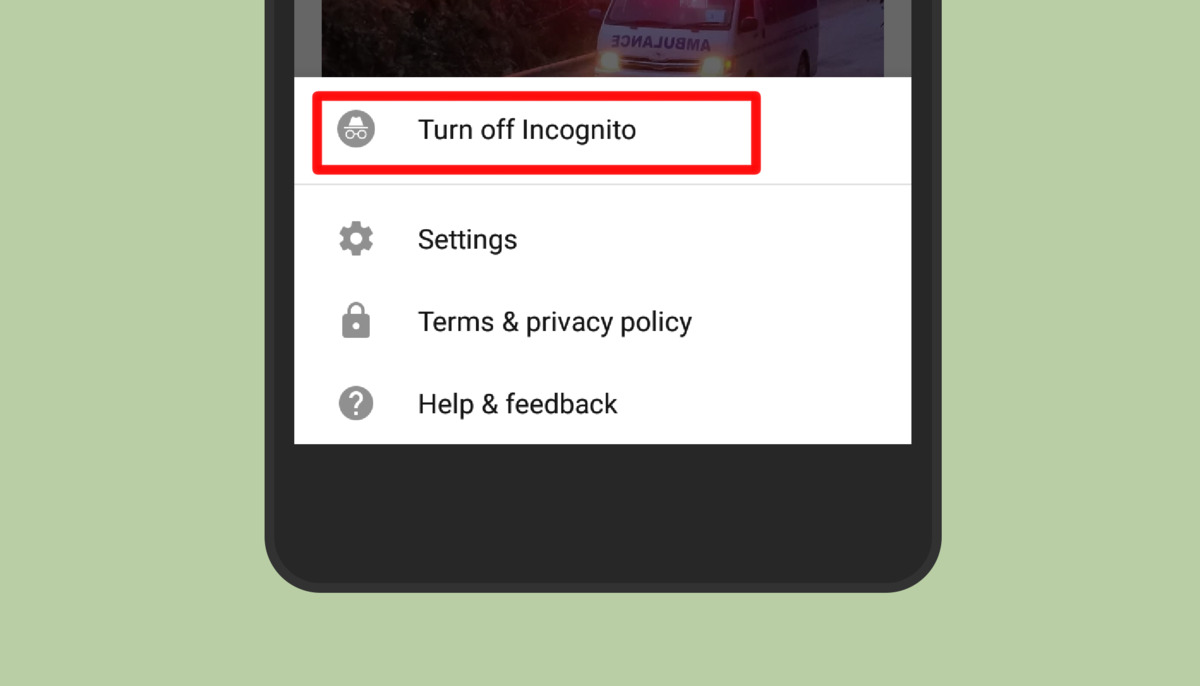Introduction
Web browsers play a crucial role in our daily internet activities. Whether it’s browsing websites, conducting online research, or accessing web applications, a web browser is the essential software that allows us to navigate the vast online world. But have you ever wondered how to find out which web browser you are using? In this article, we will explore various methods to help you identify your web browser on different operating systems.
A web browser is a software application that enables users to access and view web pages. It translates HTML (Hypertext Markup Language) documents into readable content, including text, images, videos, and interactive elements. Popular web browsers such as Google Chrome, Mozilla Firefox, Microsoft Edge, and Safari provide users with a user-friendly interface and offer various features to enhance the browsing experience.
Now that we understand the importance of web browsers, let’s dive into the different ways to find your web browser on Windows, Mac, Linux, and mobile devices. By identifying your web browser, you can ensure you’re using the most up-to-date version and have access to the latest features and security enhancements.
What is a web browser?
A web browser is a software application that allows users to access and view websites and other online content. It acts as an intermediary between the user and the World Wide Web, enabling the retrieval and display of web pages.
When you enter a website’s URL or click on a link, the web browser sends a request to the web server hosting the website. The server responds by sending the requested web page back to the browser, which then renders and displays the content on your screen.
Web browsers use HTML (Hypertext Markup Language) to structure web pages, CSS (Cascading Style Sheets) to control their visual appearance, and JavaScript to add interactivity and dynamic elements. They also support various web technologies, such as Flash and Java, to enable the execution of multimedia content and web applications.
Web browsers offer a range of features to enhance the browsing experience. They provide a user-friendly interface that allows users to navigate through web pages, bookmark favorite sites, and manage browsing history. Additionally, modern browsers offer extensions and plugins to add extra functionality, such as ad blockers, password managers, and language translators.
With the rapid advancement of technology, web browsers have evolved over time to meet the ever-growing demands of internet users. They have become more efficient, secure, and compatible with a wide range of devices and operating systems.
It’s important to note that web browsers can vary in terms of performance, compatibility, security, and user experience. Therefore, understanding which web browser you are using is crucial in ensuring optimal functionality and access to the latest features.
Common web browsers
There are numerous web browsers available today, each offering its own set of features and user experience. Here are some of the most popular web browsers used by people around the world:
- Google Chrome: Developed by Google, Chrome is currently the most widely used web browser. It offers a fast and responsive browsing experience and supports a vast number of extensions and plugins.
- Mozilla Firefox: Created by the Mozilla Foundation, Firefox is known for its strong focus on privacy and customization options. It provides a secure browsing experience and offers a wide range of add-ons to personalize your browsing experience.
- Microsoft Edge: Formerly known as Internet Explorer, Microsoft Edge is the default web browser for Windows 10. It is known for its speed, compatibility, and integration with other Microsoft services.
- Safari: Developed by Apple, Safari is the default web browser for macOS and iOS devices. It offers a smooth and seamless browsing experience, with a focus on speed, efficiency, and tight integration with Apple’s ecosystem.
These are just a few examples of the many web browsers available today. Other notable mentions include Opera, Brave, and Vivaldi, each with its unique features and strengths.
When it comes to choosing a web browser, it ultimately boils down to personal preference and the specific needs of the user. Consider factors such as speed, security, compatibility, and the availability of additional features and extensions when selecting the web browser that best suits your requirements.
Now that we have covered some common web browsers, let’s proceed to the next sections where we will discuss how to find your browser on different operating systems.
How to find your browser on Windows
If you’re using a Windows operating system, there are a few simple steps to help you find out which web browser you are currently using:
- Launch your web browser by clicking on its icon on the desktop or locating it in the Start menu.
- Once the browser is open, go to the top left corner of the browser window and look for the browser’s name or icon. This is usually displayed next to the address bar.
- If you’re unable to locate the browser name or icon, you can click on the ellipsis (…) or three dots menu icon in the top right corner of the browser window. This will open a dropdown menu where you can find the “About” or “Help” section.
- Click on the “About” or “Help” section to access detailed information about your web browser, including its name, version number, and other relevant details.
By following these steps, you should be able to identify the web browser you are using on your Windows computer. Common web browsers for Windows include Google Chrome, Mozilla Firefox, Microsoft Edge, and Opera.
Once you know which browser you’re using, it’s a good idea to check for updates regularly. Web browser updates often include security fixes, performance improvements, and new features. To check for updates, simply go to the browser’s settings or preferences menu and look for the “Update” or “Check for Updates” option.
Now that you’ve learned how to find your web browser on Windows, let’s move on to the next section where we’ll explore how to find your browser on Mac.
How to find your browser on Mac
Identifying your web browser on a Mac is a straightforward process. Here’s how you can find out which browser you are using:
- Locate your web browser on the dock at the bottom of the screen or in the Applications folder. Common web browsers for Mac include Safari, Google Chrome, Mozilla Firefox, and Opera.
- Once you have located the browser, click on its icon to open it.
- After the browser is launched, look for the browser name or icon at the top left corner of the browser window. This is usually located next to the address bar.
- If you’re unable to find the browser name or icon, click on the “Help” menu at the top of the screen and select “About [Browser Name].” This will display detailed information about your browser, including its name, version number, and other relevant details.
By following these simple steps, you can easily determine which web browser you are using on your Mac. Once you know the browser you’re using, make sure to check for updates regularly. Browser updates often include important security patches, bug fixes, and new features.
To check for updates on Safari, click on the “Safari” menu in the top menu bar and select “About Safari.” This will open a window displaying the browser version and options to update if necessary.
For other web browsers like Google Chrome, Mozilla Firefox, or Opera, you can click on the browser menu (usually located in the top left corner of the browser window), select “Help,” and then choose “About [Browser Name]” to access the update options.
Keeping your browser up to date ensures that you have the latest security enhancements and performance improvements, allowing for a safer and more efficient browsing experience.
Now that you’ve learned how to find your web browser on Mac, let’s proceed to the next section where we’ll discuss how to find your browser on Linux.
How to find your browser on Linux
If you’re using a Linux operating system, finding your web browser is a straightforward process. Here’s how you can identify which browser you are using:
- Locate the web browser icon on your desktop or in the applications menu. Common web browsers available for Linux include Mozilla Firefox, Google Chrome, Chromium, and Opera.
- Click on the browser icon to open it.
- Once the browser is open, look for the browser name or icon at the top left corner of the window. This is usually located next to the address bar.
- If you’re unable to find the browser name or icon, click on the “Help” menu at the top of the screen and select “About [Browser Name].” This will display detailed information about your browser, including its name, version number, and other relevant details.
Following these steps will help you determine which web browser you are using on your Linux computer. Once you know the browser you’re using, it’s important to keep it updated to ensure optimal security and performance.
For Mozilla Firefox, click on the “Open menu” button (represented by three horizontal lines) in the top right corner of the browser window. Then click on the “Help” option and select “About Firefox” to check for updates and view the browser version.
For Google Chrome or Chromium, click on the three-dot menu icon in the top right corner of the browser window. Then navigate to “Help” and select “About Google Chrome” or “About Chromium” to access the update options and view the browser version.
Other web browsers may have similar options in their menus for checking updates and viewing browser information. It’s recommended to regularly check for updates and install them when available to ensure you have the latest features, bug fixes, and security patches.
Now that you’ve learned how to find your web browser on Linux, let’s move on to the next section where we’ll explore how to find your browser on mobile devices.
How to find your browser on mobile devices
If you’re using a mobile device, such as a smartphone or tablet, identifying your web browser is a bit different compared to desktop operating systems. Here’s how you can find out which browser you are using on your mobile device:
Android:
- Locate the browser app on your home screen or in the app drawer. Common web browsers for Android include Google Chrome, Mozilla Firefox, and Opera.
- Tap on the browser app to open it.
- Once the browser is open, look for the browser name or icon at the top or bottom of the screen, depending on the browser.
- If you’re unable to locate the browser name or icon, tap on the three-dot menu icon (usually located in the top right corner) to access the browser menu, then look for the “Settings” or “About” option.
- Tap on the “Settings” or “About” option to access detailed information about your web browser, including its name, version number, and other relevant details.
iOS (iPhone/iPad):
- Locate the browser app on your home screen. The default web browser on iOS devices is Safari, but you may also have other options installed, such as Google Chrome or Mozilla Firefox.
- Tap on the browser app to open it.
- Once the browser is open, look for the browser name or icon at the bottom of the screen.
- If you’re unable to find the browser name or icon, tap on the menu button (usually represented by three dots or lines) to access the browser menu, then look for the “Settings” or “About” option.
- Tap on the “Settings” or “About” option to view detailed information about your web browser, including its name, version number, and other relevant details.
By following these steps, you can easily determine which web browser you are using on your mobile device. Keeping your mobile browser updated is vital as updates often include performance improvements, security fixes, and new features.
To check for updates on Android, open the Google Play Store app, tap on the menu icon (usually represented by three horizontal lines), and select “My apps & games.” From there, you can see a list of installed apps and check if any browser updates are available.
On iOS devices, app updates are managed through the App Store. Open the App Store app, tap on your profile icon, and scroll down to the “Available Updates” section. If there are any browser updates available, you can download and install them from there.
Now that you’ve learned how to find your web browser on mobile devices, let’s proceed to the next section where we’ll discuss the importance of checking for updates and versions.
Checking for updates and versions
Regularly checking for updates and keeping your web browser up to date is essential for ensuring optimal performance, security, and compatibility with the latest web technologies. Here’s why checking for updates and versions is important:
Security: Web browsers constantly face new threats and vulnerabilities. Browser updates often include security patches that address these vulnerabilities, protecting you from potential online threats, such as malware, phishing attacks, and data breaches. By keeping your browser updated, you ensure that you have the latest security enhancements.
Performance: Browser updates also include performance improvements and bug fixes. These updates can enhance the speed and stability of your browser, providing a smoother and more efficient browsing experience. Regular updates can help optimize memory usage, reduce crashes, and improve overall responsiveness.
Compatibility: Web technologies and coding standards evolve over time. New features and functionalities are introduced, and older ones may become outdated. Browser updates ensure that your browser remains compatible with the latest web technologies, ensuring that websites and web applications function as intended. This allows you to access and enjoy the full range of online content without any compatibility issues.
To check for updates and view the current version of your web browser, follow the steps outlined in the previous sections specific to your operating system. Typically, browser updates can be found in the settings or preferences menu of the respective browser.
Enabled automatic updates whenever possible. This allows your browser to update itself automatically, ensuring that you are always on the latest version without manually checking for updates.
Keeping your browser up to date is a proactive measure to protect your online security and improve your browsing experience. Check for updates regularly and install them as soon as they become available.
Now that you understand the importance of checking for updates and versions, let’s wrap up this guide by summarizing the key takeaways.
Conclusion
Identifying your web browser is crucial for maintaining an optimal browsing experience and ensuring you have the latest security measures. In this article, we explored various methods to find your browser on different operating systems.
We learned that web browsers are essential software applications that allow us to access and view websites. Common web browsers include Google Chrome, Mozilla Firefox, Microsoft Edge, and Safari, each offering its own unique features and strengths.
On Windows, you can find your web browser by looking for its name or icon in the top left corner of the browser window or accessing the “About” section in the browser’s menu. On Mac, you can locate the browser icon and find its name or icon at the top left corner or by accessing the “About” section in the browser menu.
For Linux users, identifying your web browser involves locating the browser icon, finding its name or icon in the browser window, or accessing the “Settings” or “About” section in the browser menu.
On mobile devices, such as Android and iOS, you can find your web browser by locating the browser app, looking for the browser name or icon, or accessing the “Settings” or “About” section in the browser menu.
Additionally, we discussed the importance of checking for updates and versions. Regularly updating your browser ensures you have the latest security enhancements, performance improvements, and compatibility with evolving web technologies.
By following these steps and keeping your web browser up to date, you can enjoy a secure, efficient, and seamless browsing experience across different operating systems and devices.
So, next time you find yourself wondering, “How do I find my browser?” simply refer back to this guide to easily identify your web browser and stay up to date with the latest updates and versions.







